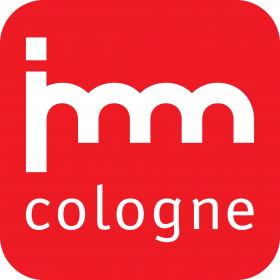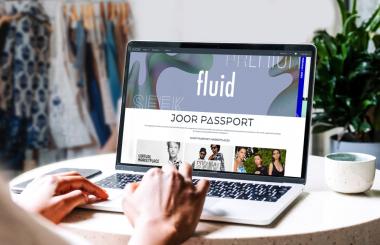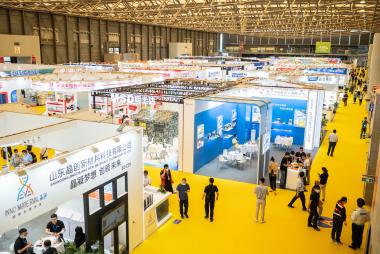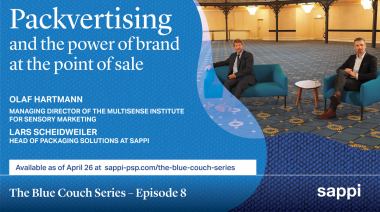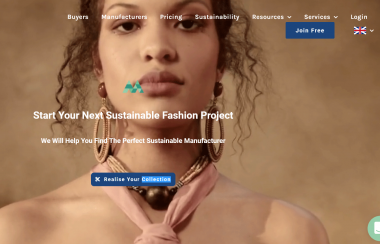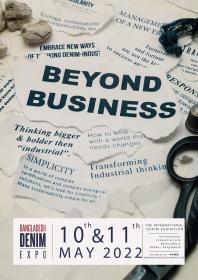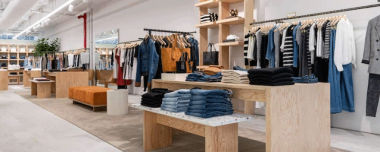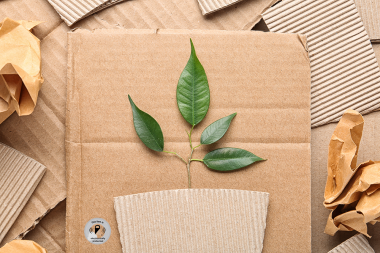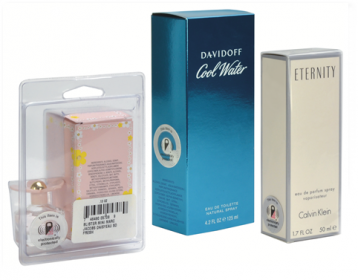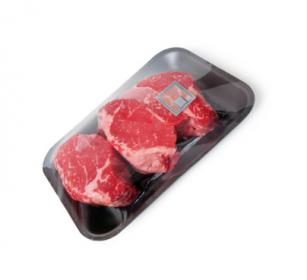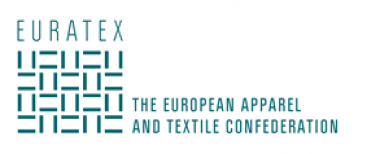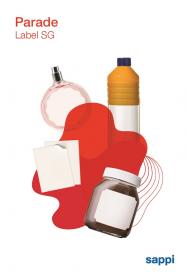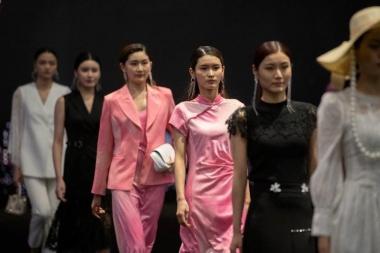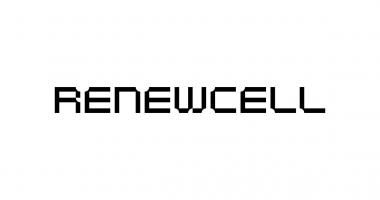imm cologne’s new story: Spring Edition in June 2023, no trade fair in January
For 2023, imm cologne is adapting its concept. The trade fair has been given a new schedule, which will see the international Interior Business Event host a new, one-off spring edition in 2023. The dates have been chosen in close consultation with its market partners.
“Today the imm cologne advisory board gave the concept proposed by Koelnmesse for the imm spring edition in June 2023 the green light unanimously. Our thanks go to the advisory board and in particular to the German industry, the retail sector and the purchasing associations for their support. This concept will ensure that imm cologne can take place again after a two-year break. The industry has given its backing to a strong interior design trade fair in Germany, the biggest market in Europe,” says Gerald Böse, Chief Executive Officer of Koelnmesse. “I firmly believe in face-to-face exchanges. In my view, they are immensely important for the industry’s development, especially in challenging times. The sector needs an in-person platform in Germany, an event with international appeal and a strong communication reach like imm cologne,” he adds.
imm cologne’s new story will take shape in two steps
The imm cologne team presented its vision for a new concept at the start of June 2022. The new story for imm cologne will unfold in two steps. The first step will be the imm spring edition from 4 to 7 June 2023. “The spring edition is synonymous with a new beginning. imm cologne wants to use it to motivate and to show how it is experimenting with new ideas and leaving well-trodden paths behind,” explains Oliver Frese, Chief Operating Officer of Koelnmesse. “What’s more, the event in June gives our partners planning certainty.”
Four-day with a trade audience focus
The cornerstones of the new concept are clear: The imm spring edition will take place over four days, running from Sunday to Wednesday, and will be geared towards trade visitors. End consumers will be able to visit the trade fair by invitation, giving the spring event a clear business focus. “It’s also our goal to create new participation formats in the market,” says Matthias Pollmann, Vice President Trade Fair Management at Koelnmesse. The kitchen segment will also be included in the imm 2023 spring edition. At the same time, the plan is to incorporate the city more closely into the spring edition as an event location.
Vision 2024+: imm cologne as the forum for future issues facing the industry
The second step will then follow in the summer of 2023. In close consultation with the industry and the associations involved in the event, the future dates for imm cologne and LivingKitchen will be set. The future vision for imm cologne conceives the interior event as more than just a key business platform. As a catalyst for the sector’s development, it addresses both industry and external issues of relevance to the imm cologne community.
imm cologne
Koelnmesse GmbH


